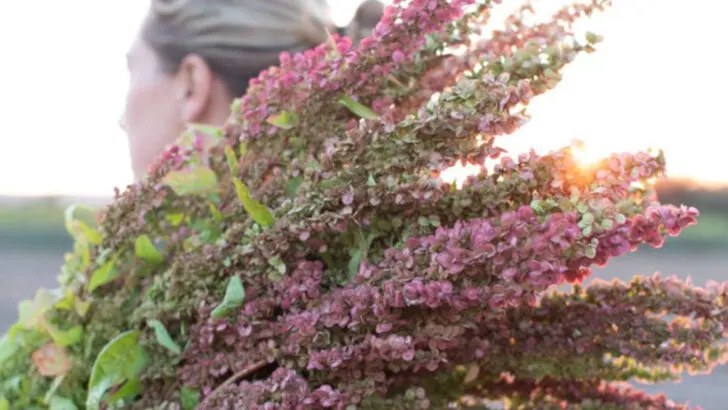When early settlers journeyed into the American frontier, they couldn’t afford to gamble on delicate crops. Every vegetable they packed or planted had to be rugged, reliable, and able to survive unpredictable weather, poor soil, and little water. These were not pampered plants—they were battle-tested staples that helped entire families push through famine, hardship, and isolation.
Many of these pioneer vegetables were selected for their hardiness, storage ability, and ease of seed saving. Passed down through generations, they adapted to tough conditions—surviving droughts, pests, and even total neglect. And while modern agriculture has largely replaced them with “prettier” hybrids, these vegetables are still out there—thriving in backyards, homesteads, and seed-saver networks that refuse to let them disappear.
If you’re looking to grow crops that can handle whatever nature throws at them, these 15 pioneer vegetables are a smart place to start. They’re not just historical curiosities—they’re survivors, providers, and a direct link to the resilient spirit of those who came before us. Grow them once, and you’ll understand why pioneers never left home without them.
Jerusalem Artichoke
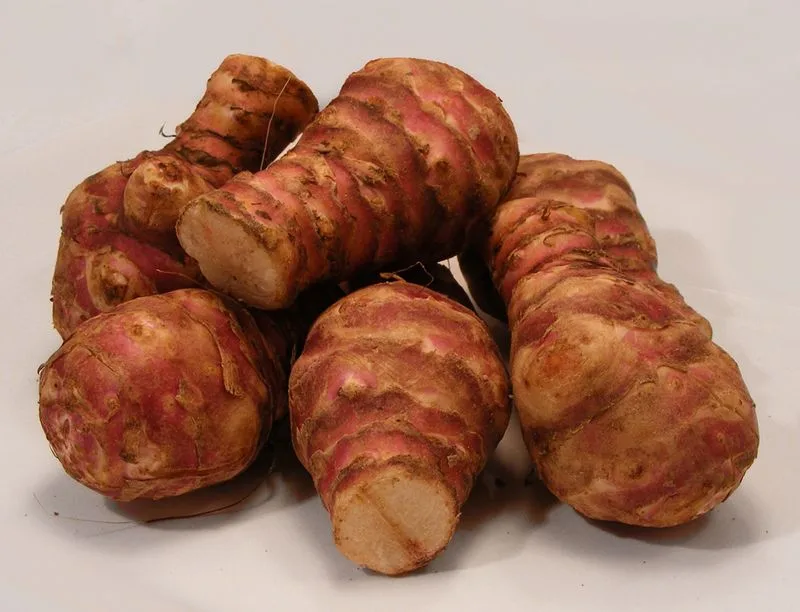
With origins dating back to Native American cultivation, Jerusalem artichokes are not only rich in history but also nutrients. Their tubers resemble gnarled potatoes, offering a sweet, nutty flavor that shines in numerous dishes. Some call them ‘sunchokes,’ highlighting their sunny, sunflower-like blossoms. Despite their name, they have no relation to Jerusalem and are instead a type of sunflower. These plants can be invasive, spreading rapidly in the right conditions, showcasing their survival prowess. For those seeking a resilient vegetable with a touch of whimsy, Jerusalem artichokes make an intriguing choice.
Dandelion Greens
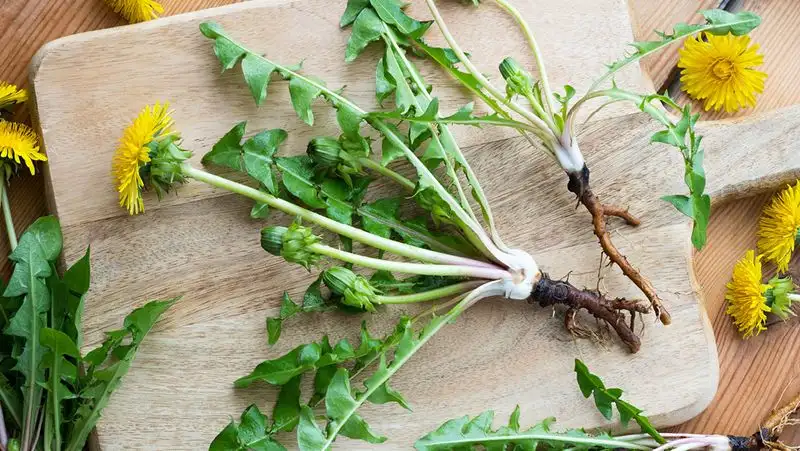
Often regarded as a weed, dandelion greens are culinary treasures packed with vitamins. These greens have been foraged for centuries, celebrated for their slightly bitter yet refreshing taste. Early European settlers relied on them as a reliable food source. Today, they are gaining popularity in gourmet circles, praised for their unique flavor and health benefits. Beyond their culinary uses, dandelions play a crucial role in ecosystems, supporting pollinators like bees. Embracing dandelion greens offers a chance to reconnect with nature’s often overlooked bounty and enjoy a piece of botanical history.
Nettle
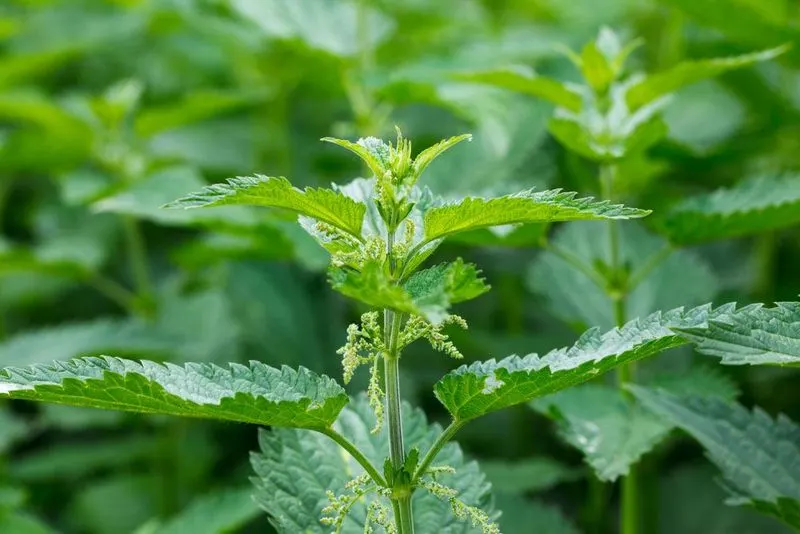
Nettles may be notorious for their sting, but they hold a special place in the world of foraged foods. Rich in iron and a staple in traditional medicine, they have supported human health for generations. Once cooked, their sting vanishes, leaving behind a nutritious, spinach-like vegetable. In many cultures, nettles are a springtime favorite, signaling the season’s renewal. Their ability to thrive in various environments is a testament to their adaptability. For those willing to brave their sting, nettles offer a nutritious reward and a connection to age-old foraging traditions.
Lamb’s Quarters
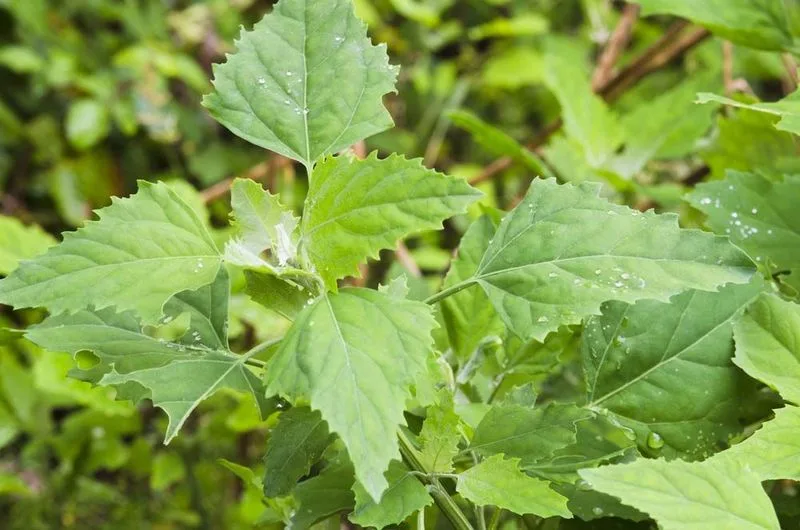
Lamb’s quarters often sneaks into gardens uninvited, yet this ‘weed’ is a nutritional powerhouse. Its tender leaves, with a subtle, earthy flavor, were once a beloved staple for ancient civilizations. Rich in vitamins and minerals, it rivals spinach in both taste and nutritional content. This hardy plant flourishes in diverse conditions, making it a reliable food source throughout history. Whether tossed in salads or cooked like greens, lamb’s quarters bring a touch of the wild to any meal. Embrace this resilient vegetable for a taste of untamed nature on your plate.
Purslane
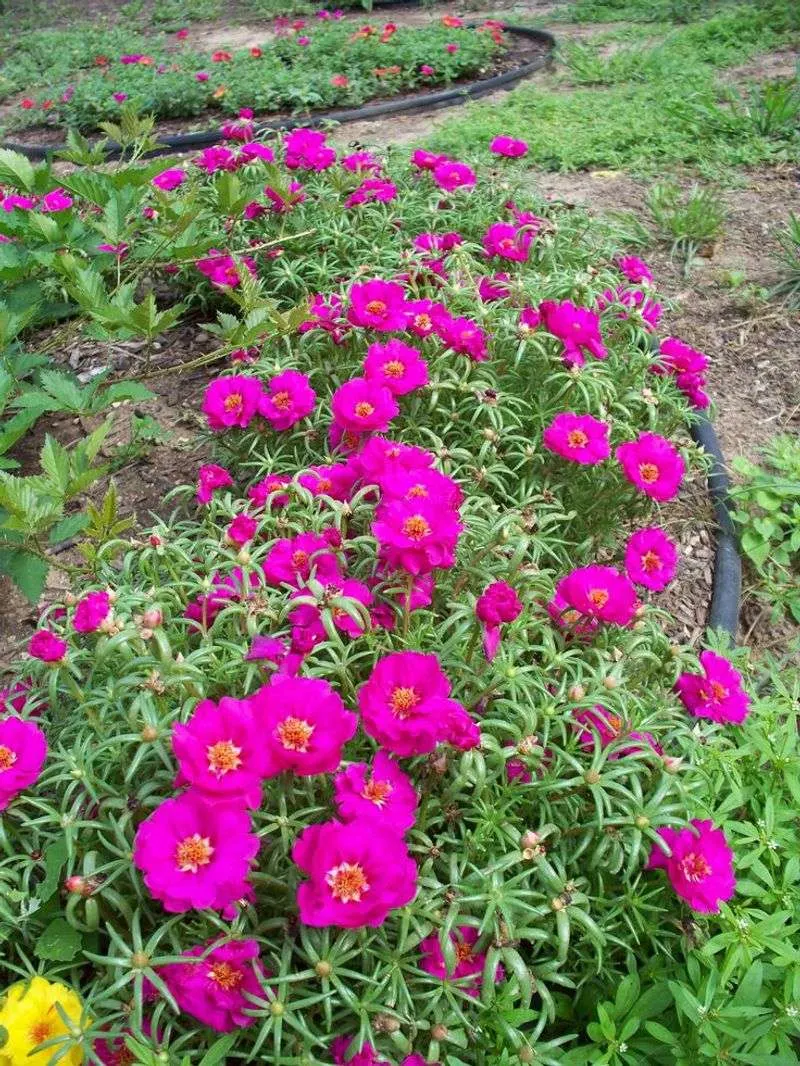
Not just a pesky garden invader, purslane is a succulent delight prized for its omega-3 content. Its crisp leaves and tangy flavor make it a refreshing addition to salads. Historically, it was valued by Greeks and Romans, and it’s still a cherished ingredient in many cultures today. Purslane’s ability to grow in challenging conditions highlights its hardiness, often flourishing in cracks and crevices. For those interested in sustainable food options, purslane offers a nutritious choice that bridges the gap between history and modern culinary trends.
Chicory
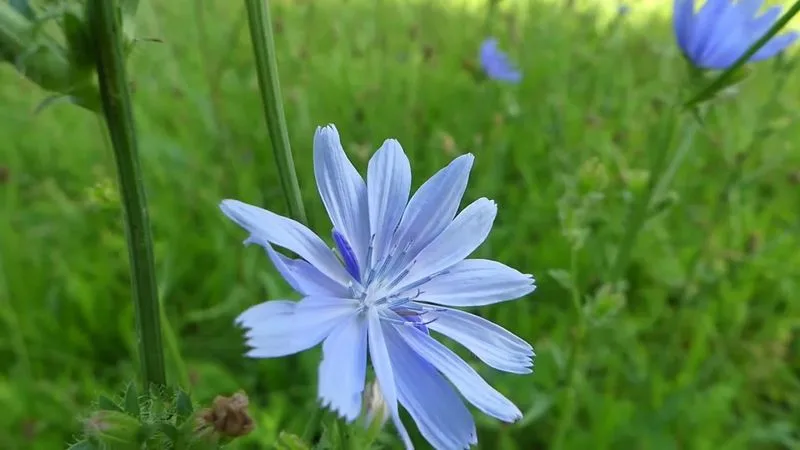
Chicory’s vibrant blue flowers have long adorned roadsides, but its roots and leaves are truly noteworthy. Used as a coffee substitute during wartime shortages, chicory roots boast a robust, earthy flavor. Its leaves, slightly bitter, complement salads and cooked dishes alike. This versatile plant thrived in the wild before entering cultivation, proving its resilience. In addition to its culinary uses, chicory supports pollinators and enhances soil health. Incorporating chicory into your diet not only adds diversity but also connects you to a plant with a rich historical tapestry.
Sorrel
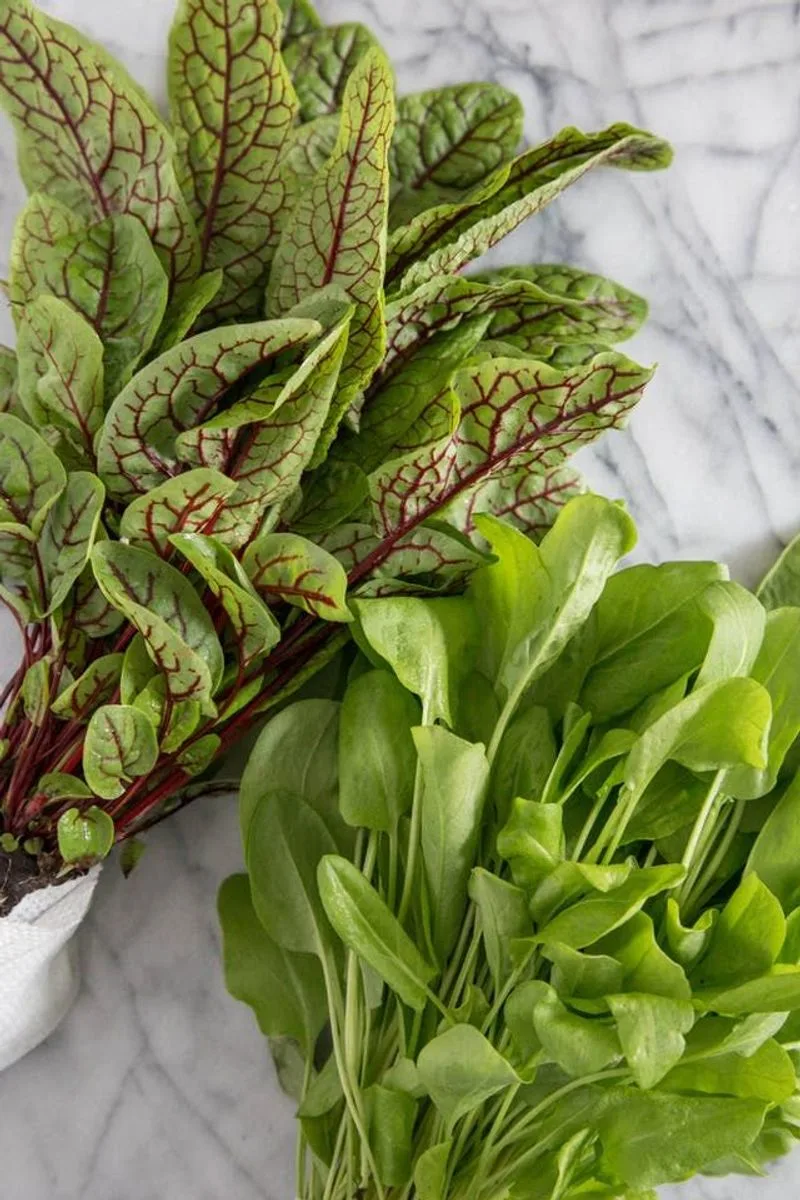
Sorrel’s tart, lemony punch has been a culinary favorite for centuries. This perennial herb, with its arrow-shaped leaves, is often found in wild meadows. Its sharp flavor enlivens soups, salads, and sauces, offering a zesty complement to milder ingredients. Historically, sorrel was a vital spring green, providing necessary vitamins after long winters. Its adaptability to various climates and conditions underscores its enduring presence. For gardeners and foragers alike, sorrel is a vibrant addition to the palette of flavors that harkens back to traditional European cuisines.
Chickweed
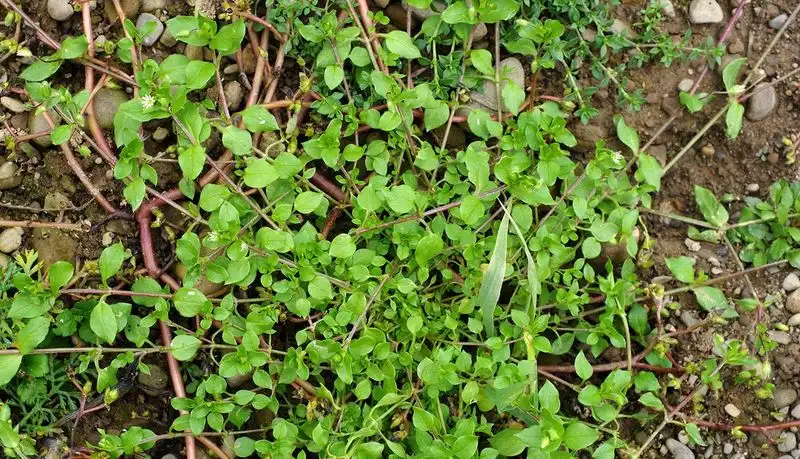
Chickweed’s delicate nature belies its robust nutritional profile. This modest plant, with tiny white flowers, has been appreciated for its medicinal qualities and culinary uses. It’s a common ingredient in salads and teas, offering a mild, slightly sweet flavor. Historically, it was used to soothe irritated skin and digestive issues. Chickweed’s widespread availability makes it an accessible option for foragers and herbalists. Its subtle charm and versatility continue to endear it to those who appreciate the quieter elements of the plant kingdom.
Plantain
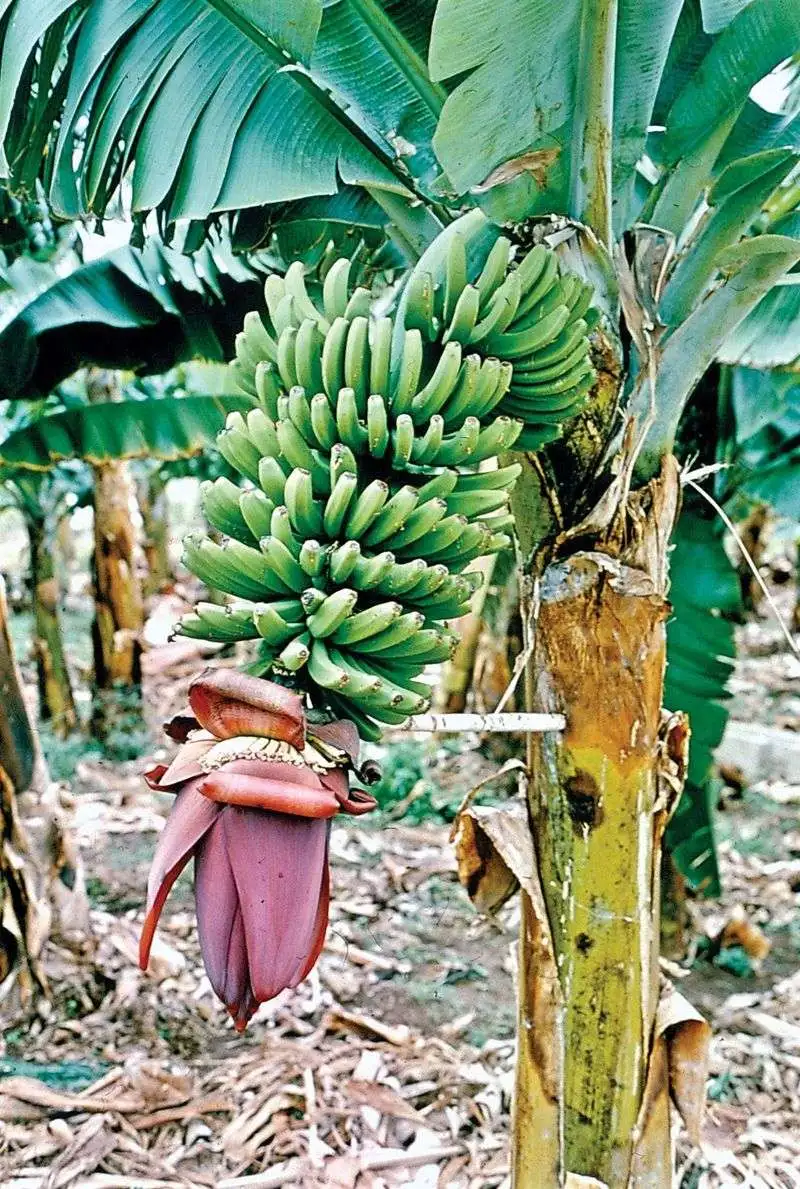
Plantain is a humble yet mighty plant often found underfoot. Known for its healing properties, it has been a staple in traditional medicine. Its broad leaves can be used in salads or as a spinach substitute when cooked. Indigenous cultures revered it for its ability to soothe wounds and insect bites. Resilient and widespread, plantain provides a nutritional boost with vitamins A, C, and K. For those seeking a hardy, multi-purpose plant, plantain offers both culinary and medicinal benefits, weaving practicality with a touch of folklore.
Amaranth
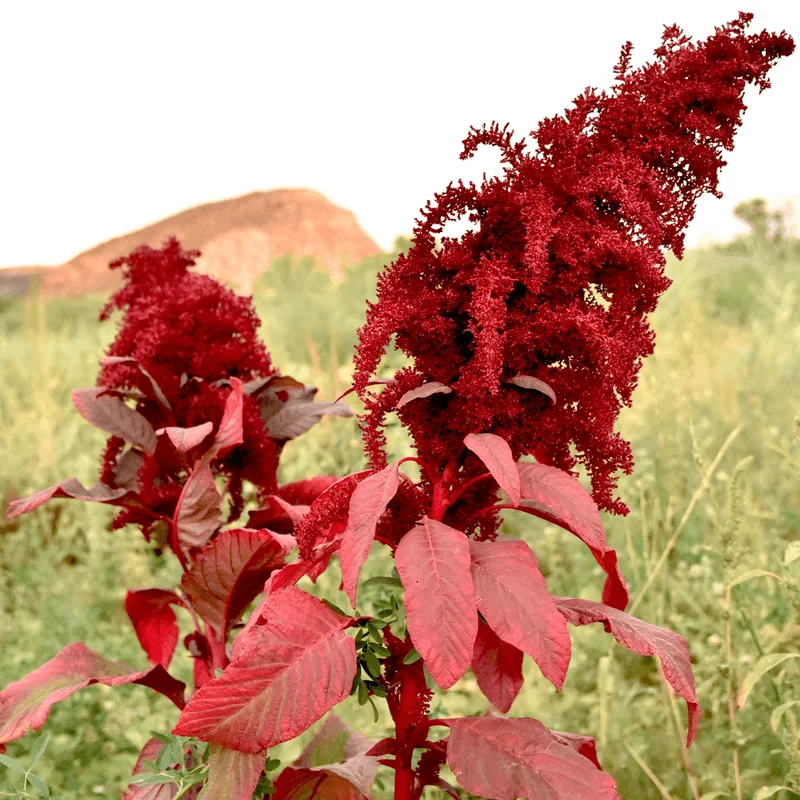
Amaranth is a gem of the ancient world, known for its resilience and rich nutrient profile. Its leaves and seeds are packed with protein, making it a valuable food source. Cultivated by the Aztecs, this plant has a storied past intertwined with cultural traditions. Today, amaranth is prized for its versatility in both sweet and savory dishes. Its vibrant colors and adaptability to various climates highlight its enduring appeal. Whether enjoyed as a leafy green or a grain, amaranth stands as a testament to the enduring legacy of native crops.
Orach
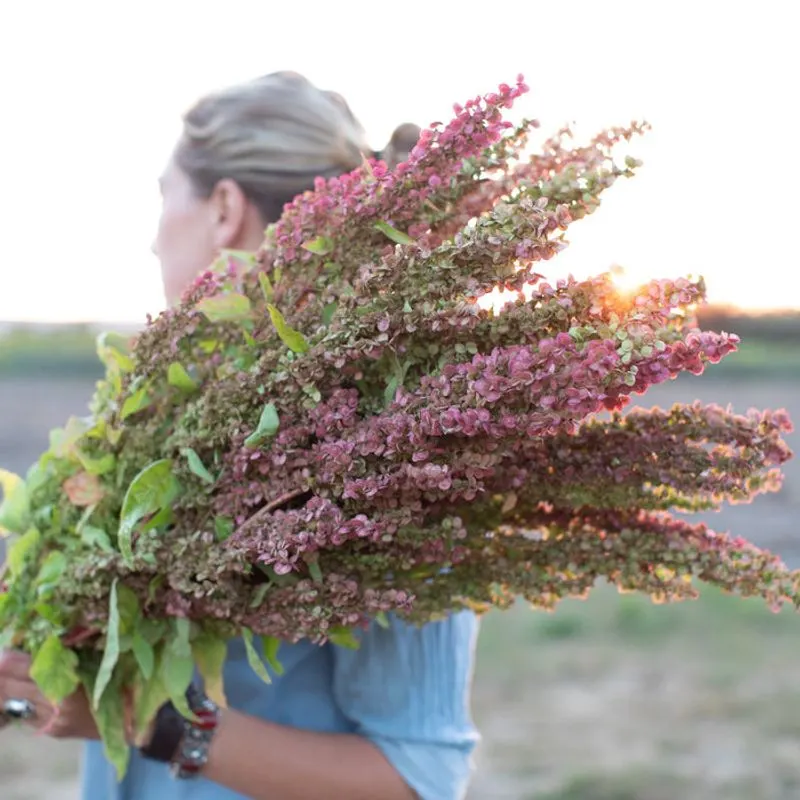
Orach, sometimes called ‘mountain spinach,’ boasts a distinctively salty flavor that has captivated chefs and foragers alike. Its vibrant leaves, ranging from deep green to brilliant purple, add a striking visual element to dishes. Historically, orach was an essential green in ancient European diets, thriving in saline soils where others faltered. Its versatility and hardiness make it a favored substitute for spinach. For those seeking a unique addition to their garden or kitchen, orach offers a flavorful journey through culinary history with every bite.
Good King Henry
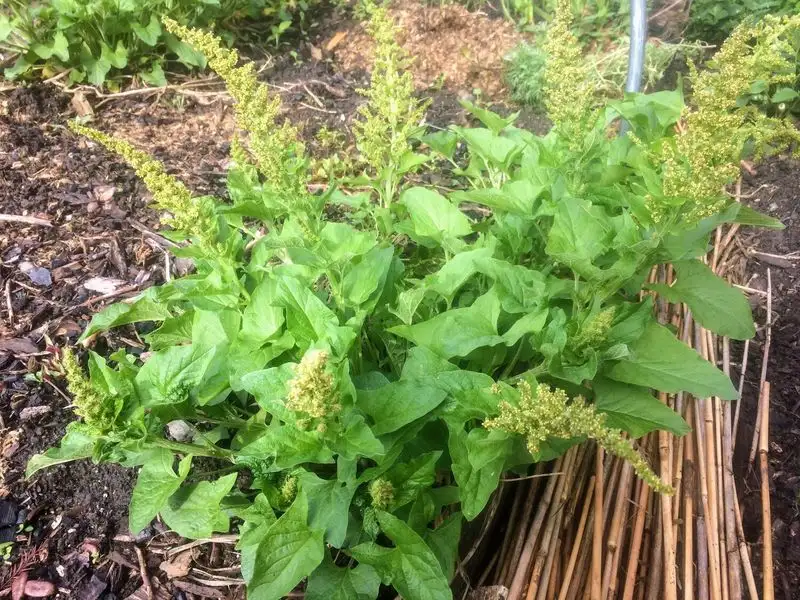
Good King Henry, often overshadowed by more common greens, is a perennial favorite among foragers. Its rich, spinach-like taste has made it a historical staple across Europe. Once a common sight in cottage gardens, it was valued not only for its flavor but also for its ability to return year after year. Its leaves, reminiscent of spinach, and shoots, similar to asparagus, offer culinary versatility. Relishing Good King Henry reconnects us with a simpler time when gardens were both practical and nourishing, providing sustenance and solace.
Miner’s Lettuce
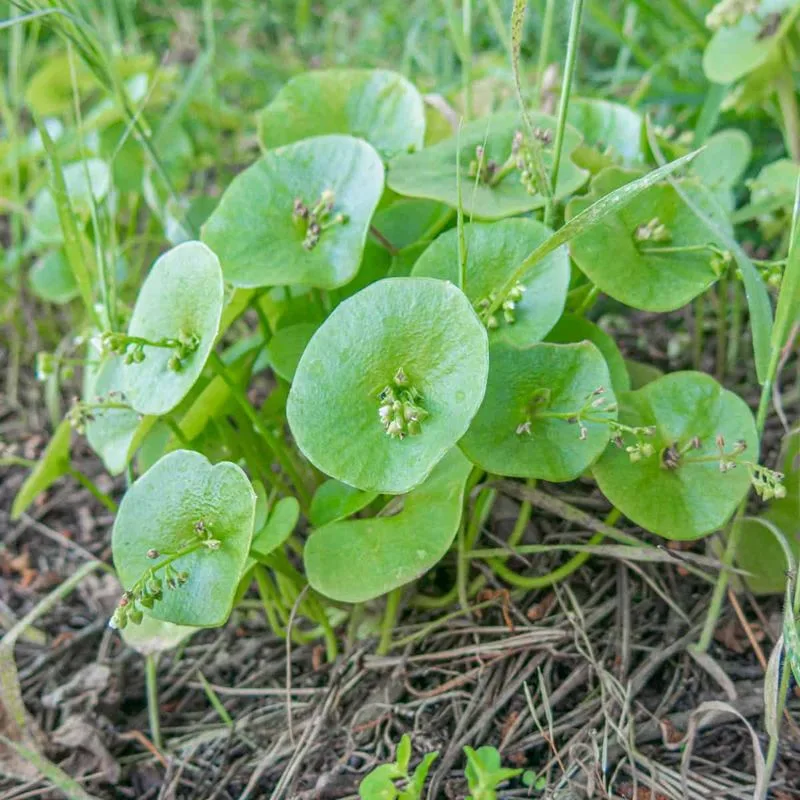
Miner’s lettuce is a testament to nature’s generosity, providing vital nutrients when few other greens are available. Its succulent leaves and mild flavor were a boon to Gold Rush miners, hence its name. This pioneer plant thrives in shady, damp conditions, and its resilience has earned it a place in both wild and cultivated gardens. With each bite, miner’s lettuce offers a glimpse into a time when survival hinged on the ability to adapt to the environment. It remains a beloved wild green for those seeking nourishment and history.
Wild Garlic
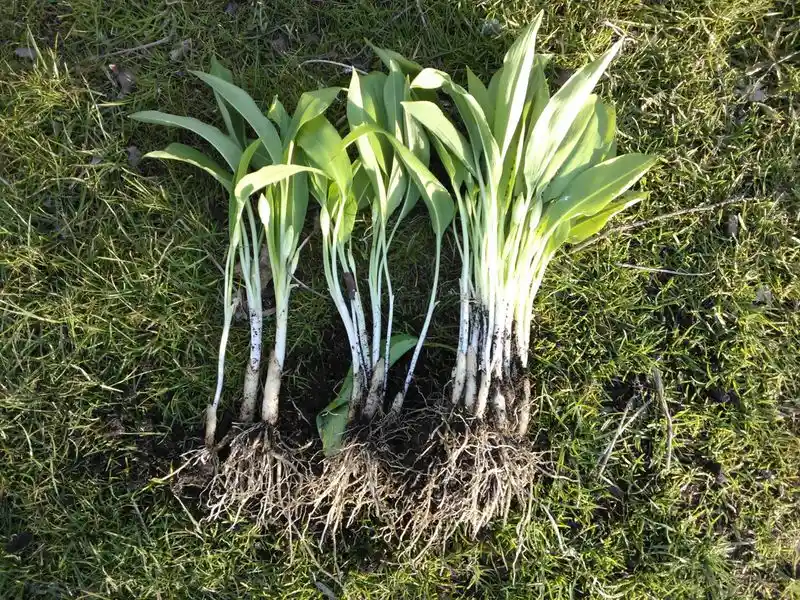
Wild garlic is a forager’s delight, filling the air with its distinctive aroma. Its leaves, flowers, and bulbs offer a garlicky essence that enhances a variety of dishes. This plant thrives in woodlands, spreading its charm each spring with a carpet of white flowers. Historically, wild garlic was a staple in traditional remedies and culinary practices. Its ability to grow in shaded, forested areas speaks to its tenacity. For those who appreciate bold, natural flavors, wild garlic offers both a culinary adventure and a connection to ancient woodland traditions.
Sea Kale
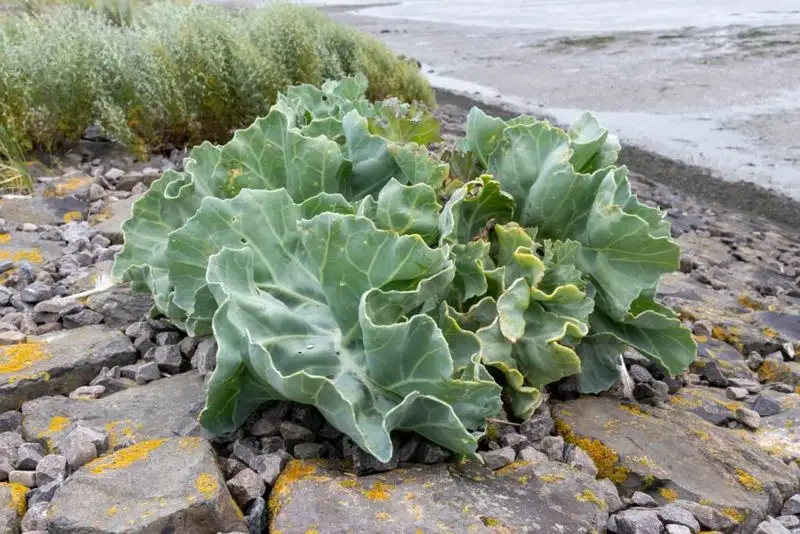
Sea kale, with its broad, cabbage-like leaves, has been a coastal staple for centuries. Thriving in salty, sandy soils, it was a crucial food source for maritime communities. Its flavor, reminiscent of broccoli, adds depth to both raw and cooked dishes. Sea kale’s robust nature allows it to endure harsh coastal conditions, a testament to its adaptability. Once favored by the Victorians, it remains a prized vegetable for those interested in heritage plants. Celebrating sea kale connects us to coastal culinary traditions and the resilient spirit of seaside living.

